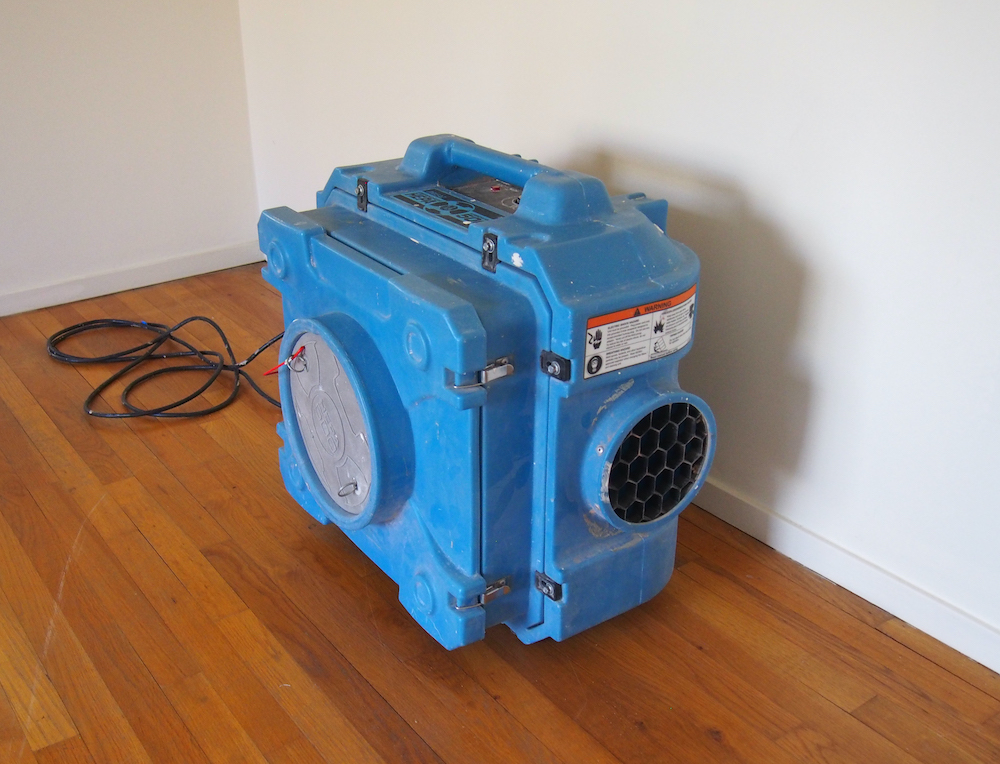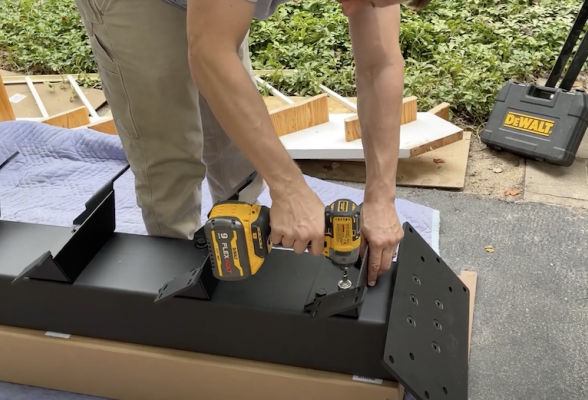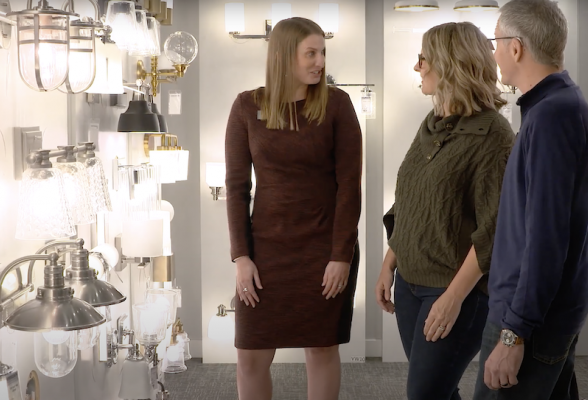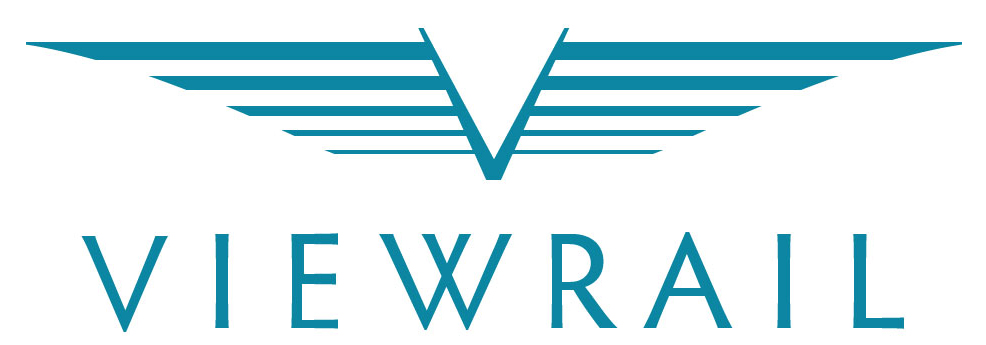7 Strategies to Keep Remodeling Work Moving Forward Safely During COVID
Renovating homes during a pandemic requires managing risk to employees, trade partners, and homeowners.

When growing worries about the novel coronavirus caused Virginia Governor Ralph Northam to begin closing schools and businesses in March 2020, Synergy Design & Construction had to move fast.
“Many of our projects were partway through construction, and we were not in a position to simply halt work and leave our clients’ homes in a demolished state,” recalls Mark Fies, COO and co-founder of Synergy, which is based in Reston, Va. “We took immediate steps on additional safety protocols and partnered with our clients to safely complete their home remodels—and still keep to our timelines.”
A Northern Virginia nurse leader says she felt safe during her home remodel with Synergy.
More than a year later, Synergy’s protocols appear to be working. “To date, we have been fortunate our protocols have kept everyone healthy,” Fies says. “We were made aware of a prospective client who tested positive for COVID just prior to a site visit. They informed us immediately, and we simply postponed our meeting. Our approach has always been to keep lines of open and honest communication with our team, our trade partners and our clients and explain the process for reporting exposure risks both on and off the job site.”
Based on their experience, here are seven strategies that remodelers can use to keep everyone safe and home renovations on schedule.
- Help workers stay healthy on the job. When the COVID pandemic hit, Synergy added more handwashing and sanitizing stations at jobsite entrances. The company also used screened portable toilets so crew members did not need to use client bathrooms.
- Communicate COVID-related expectations to trade partners. Just like Synergy employees, trade partners get their temperatures checked when they arrive at the job site and must wear a mask to protect against the spread of COVID.
- Update sick leave and remote work policies with COVID in mind. “Very early in the process, we openly communicated our expectations of notification of potential exposure and gave paid time off for taking COVID tests if [someone] was concerned about exposure,” Fies says. If anyone needed to quarantine due to illness or exposure, she adds, “we offered a lot of flexibility for our office team to work from home or our crew to take time off.”
- Prepare to accommodate the needs of homeowners who are working or learning at home. The closures (partial or full) of many offices and schools have “added complexity” to the remodeling process, Fies says. “Like many people across the country, our clients shifted to work from home, and, in some cases, they also have school-aged children who are in the home and attending school virtually.” That might mean pausing demolition or other loud tasks if a child is taking a test or the homeowner is on a video call.
- Invest in air quality. Synergy had been using 3-stage HEPA filtration air purifiers for years to reduce dust, viruses, and other particles, which also proved to be critically important as researchers learned about the airborne spread of COVID. Zippered dust barriers, also a common practice to control dust during renovation, also became a way to safely separate workers from homeowners during the pandemic.
- Keep working groups small. During the pandemic, Synergy has limited the number of people on the jobsite to essential workers only. Synergy office workers have also been given the flexibility to work remotely.
- Use technology to communicate with clients. “Initially, there was some concern from prospective clients about having people in their home, especially for consultations,” says Fies, so Synergy (like many remodelers) shifted to virtual consultations, online proposals, and even video showroom visits for customers making material selections.
Will the pace of vaccination against the novel coronavirus change any of these policies? Not yet. “Although the vaccination for construction workers will help alleviate some of the immediate concerns, we will continue to follow both CDC and Virginia Department of health best practices and advice for the foreseeable future,” Fies says.
The pandemic didn't just affect safety protocol. It's also having a huge affect on lead times. Find out more here!












